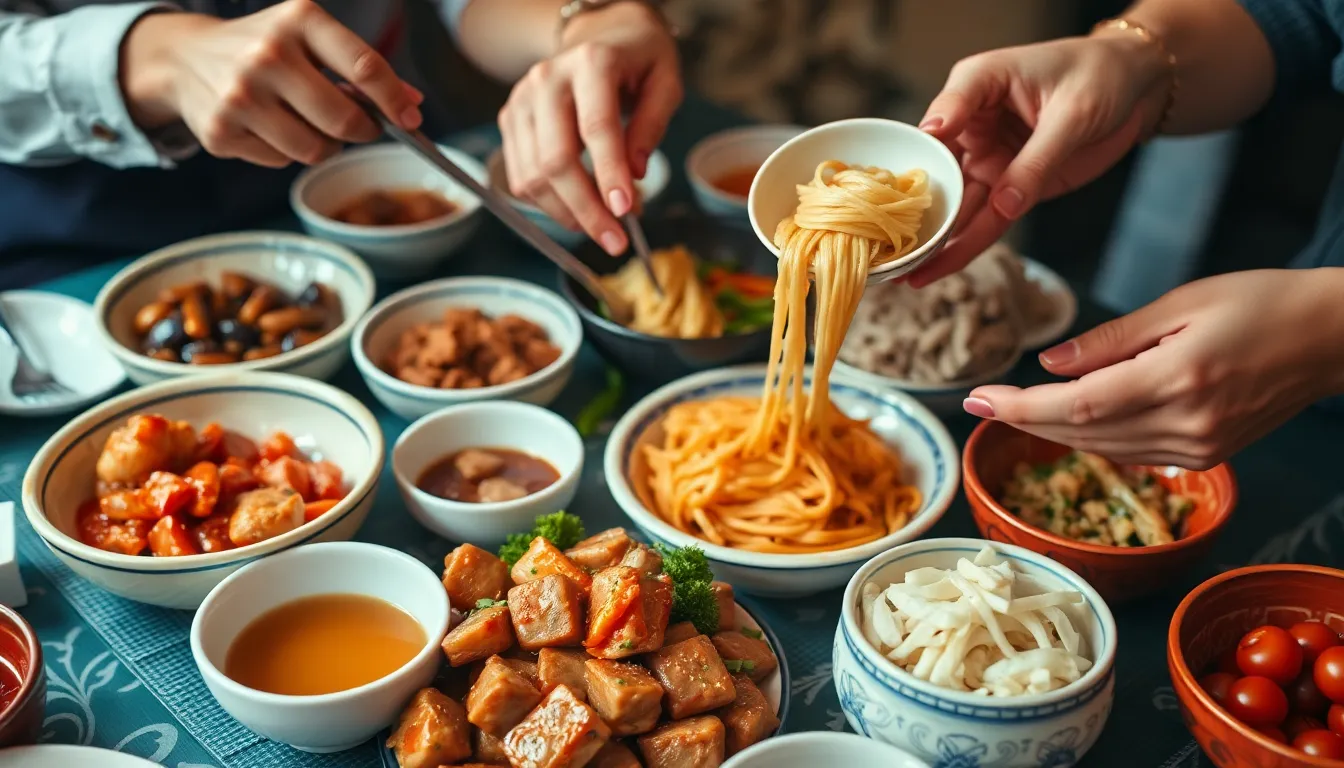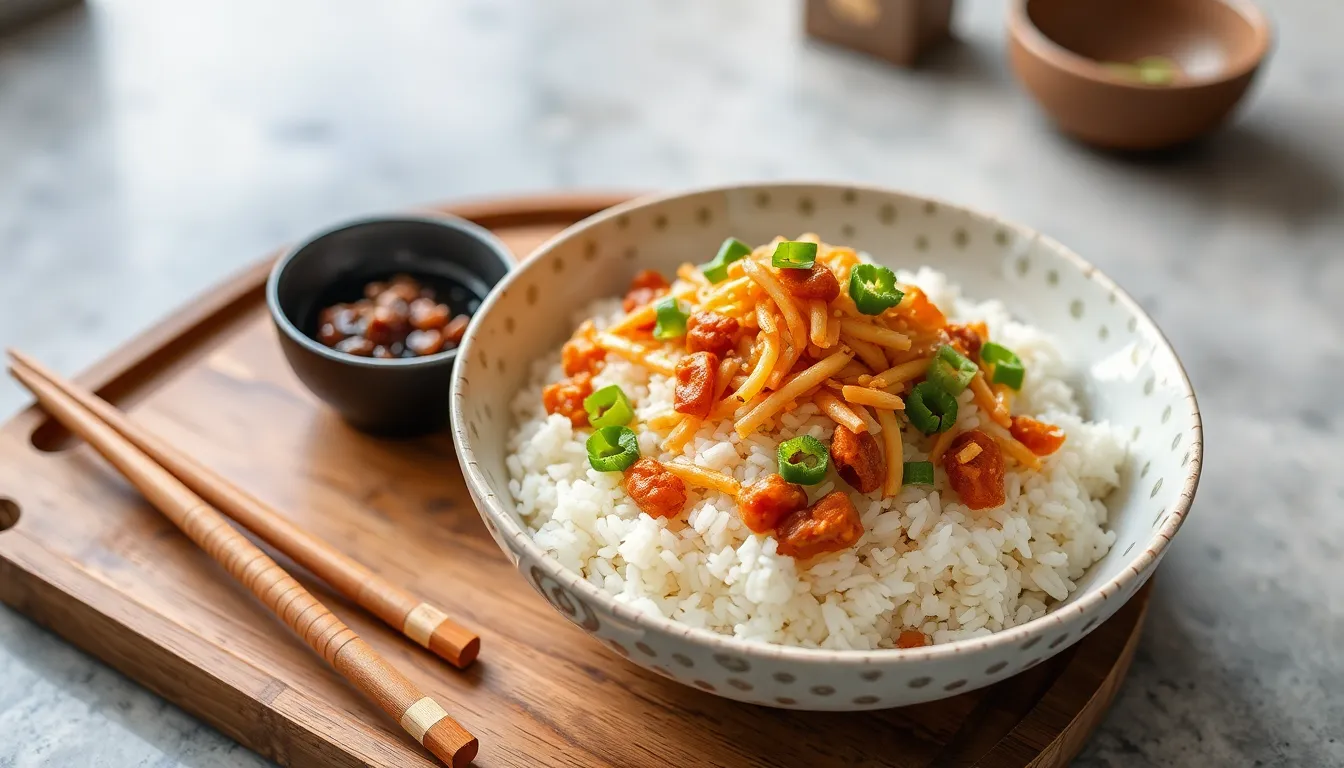The Perfect Chinese Feast: How to Plan a Memorable Dinner Party
Welcome to a culinary adventure that spans the vastness of China, where every dish tells a story, and every gathering is an opportunity to celebrate culture, tradition, and flavor. Chinese cuisine is as diverse as its geography, with each region contributing its unique ingredients, cooking techniques, and flavors. Planning a dinner party centered around Chinese cuisine not only showcases this diversity but also creates a memorable experience for you and your guests. In this guide, we’ll explore everything you need to know to host an unforgettable Chinese feast.
1. Setting the Scene: Creating an Inviting Atmosphere
1.1 Ambiance Matters: Lighting and Decor
The atmosphere of your dinner party can significantly enhance the dining experience. When it comes to Chinese decor, consider the following:
- Lighting: Use soft, warm lighting to create a cozy environment. Paper lanterns are a traditional touch that not only provide light but also add to the aesthetic.
- Table Settings: Use red table runners, chopsticks, and traditional porcelain dishes. Adding small decorative elements such as jade figurines can also elevate your table.
- Color Significance: In Chinese culture, colors have symbolic meanings; for example, red represents good fortune, while gold symbolizes wealth. Use these colors thoughtfully in your decor.
1.2 Music and Mood: The Soundtrack to Your Feast
Music sets the tone for your dinner party. Consider these options for enhancing the ambiance:
- Traditional Chinese Music Playlists: Incorporate soft instrumental music featuring traditional instruments like the guzheng or erhu. This creates a serene atmosphere for your guests.
- Live Performances: If possible, invite a musician to perform live traditional Chinese music. This adds a personal touch and can be a great conversation starter.
- Ambient Sounds: Consider incorporating nature sounds such as flowing water or soft wind chimes to create a tranquil environment.
2. Crafting the Menu: A Harmony of Flavors
2.1 Appetizers: Small Bites, Big Flavor
Your menu starts with appetizers that tantalize the taste buds. Here are some classic starters:
- Spring Rolls: Crispy, filled with vegetables or meat, and perfect for dipping.
- Dumplings: Steamed or pan-fried, filled with a variety of ingredients.
- Steamed Bao: Soft buns filled with savory meats or sweet bean paste.
Here’s a comparison table of different appetizers:
| Appetizer | Cooking Time | Difficulty Level |
|---|---|---|
| Spring Rolls | 30 min | Medium |
| Dumplings | 1 hr | Hard |
| Steamed Bao | 45 min | Medium |
2.2 Main Dishes: The Heart of the Feast
The main dishes are where you can truly showcase the richness of Chinese cuisine. Here are some signature dishes to consider:
- Kung Pao Chicken: A spicy stir-fry dish made with chicken, peanuts, and vegetables, providing a burst of flavor and crunch.
- Mapo Tofu: Soft tofu in a spicy chili and bean sauce, perfect for vegetarians and meat lovers alike.
- Peking Duck: Famous for its crispy skin and tender meat, served with pancakes and sweet bean sauce.
When crafting your main dishes, remember to balance flavors and textures. Consider a mix of spicy, sweet, sour, and umami elements.
2.3 Sides and Rice: The Essential Complements
No Chinese meal is complete without delicious sides and rice. Here are some recommendations:
- Stir-Fried Vegetables: Keep it colorful with a variety of vegetables like bok choy, bell peppers, and snap peas.
- Rice Varieties: Choose fragrant jasmine rice or sticky rice for a perfect pairing with your dishes.
Present your rice artistically in a mound or shaped using a bowl. Garnish with chopped scallions or sesame seeds for added flair.
2.4 Desserts: Sweet Endings to a Memorable Meal
End your feast on a sweet note with traditional Chinese desserts:
- Mango Pudding: A creamy and refreshing dessert that is a crowd favorite.
- Mooncakes: These festive pastries are filled with lotus seed paste or red bean paste, traditionally enjoyed during the Mid-Autumn Festival.
- Sesame Balls: Crispy on the outside and filled with sweet red bean paste, these are a delightful treat.
Consider adding creative twists to classic desserts, such as mango pudding with coconut milk or mooncakes filled with chocolate.
3. Beverage Pairings: Toasting to Tradition
3.1 Tea Time: The Role of Tea in Chinese Dining
Tea holds a significant place in Chinese dining culture. Here’s how to select and serve the right teas:
- Green Tea: A light and refreshing choice that pairs well with appetizers and main dishes.
- Oolong Tea: Offers a complex flavor that complements richer dishes like Peking Duck.
- Pu-erh Tea: A fermented tea that aids digestion, making it a great option after a hearty meal.
Tips for brewing and serving tea: Use high-quality loose leaves, serve in traditional teapots, and allow guests to steep their tea according to their taste.
3.2 Cocktails and Spirits: Modern Takes on Tradition
For a contemporary twist, consider these cocktails inspired by traditional Chinese ingredients:
- Lychee Martini: A refreshing cocktail made with vodka and lychee fruit.
- Chinese Five Spice Mule: A unique take on the classic Moscow Mule, incorporating five-spice powder for an aromatic kick.
Don’t forget to embrace the art of toasting in Chinese culture. Use “Gan Bei!” (干杯) which means “dry the cup,” to encourage everyone to finish their drinks!
4. Engaging Your Guests: Activities and Etiquette
4.1 The Joy of Sharing: Family-Style Dining
Family-style dining is an integral part of Chinese culture, promoting sharing and togetherness. Here’s how to implement it in your dinner party:
- Communal Dishes: Place large platters of food at the center of the table, allowing guests to serve themselves. This encourages interaction and conversation.
- Passing the Dishes: Teach your guests the etiquette of passing dishes to one another as a sign of respect and hospitality.
- Encouraging Participation: Invite guests to share stories or memories related to the dishes, fostering a sense of connection and warmth.
By ensuring that everyone feels included, you’ll create a more enjoyable and memorable dining experience.
Conclusion: A Feast for All Senses
Planning a Chinese dinner party is not just about the food; it’s an immersive experience that brings together flavors, sights, and sounds. By carefully curating the atmosphere, menu, and activities, you can create a feast that honors the rich traditions of Chinese culture. So gather your ingredients, set your table, and prepare for an unforgettable evening filled with laughter, joy, and delicious food. Your guests will leave with not just full stomachs but also cherished memories of a wonderful meal shared among friends and family.




